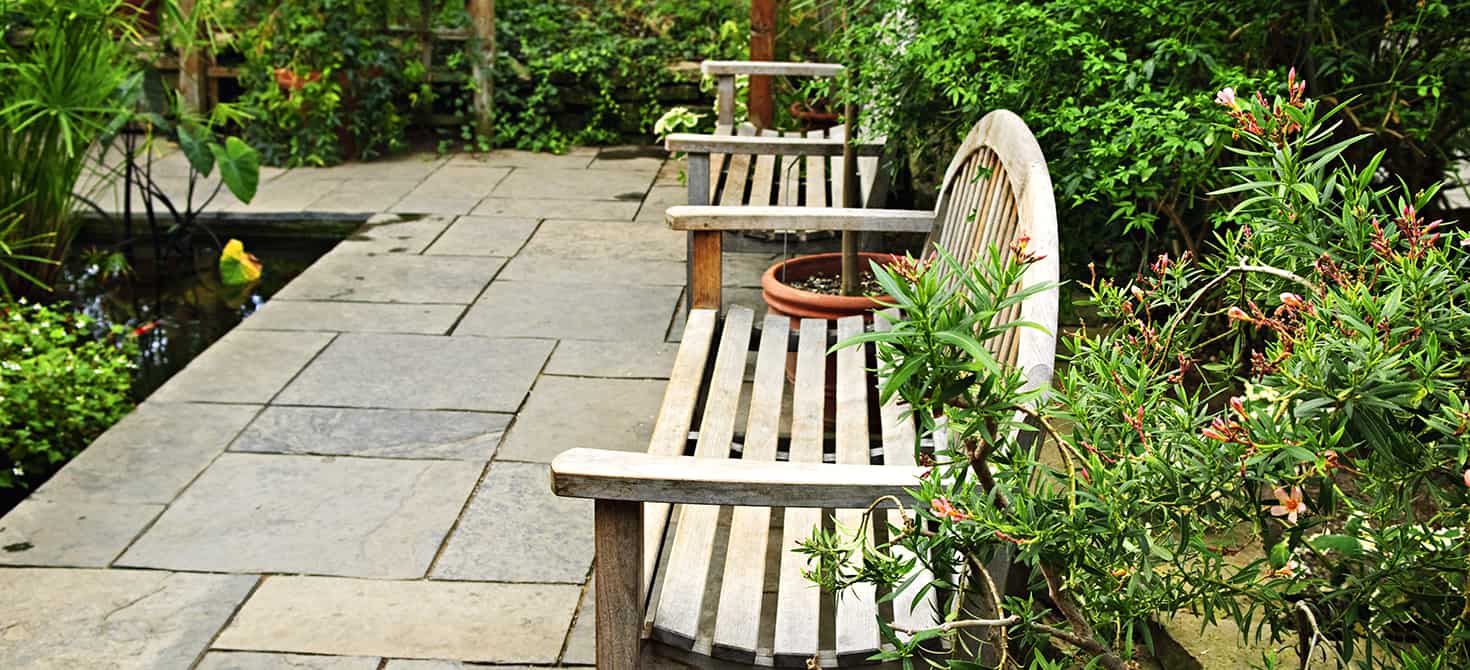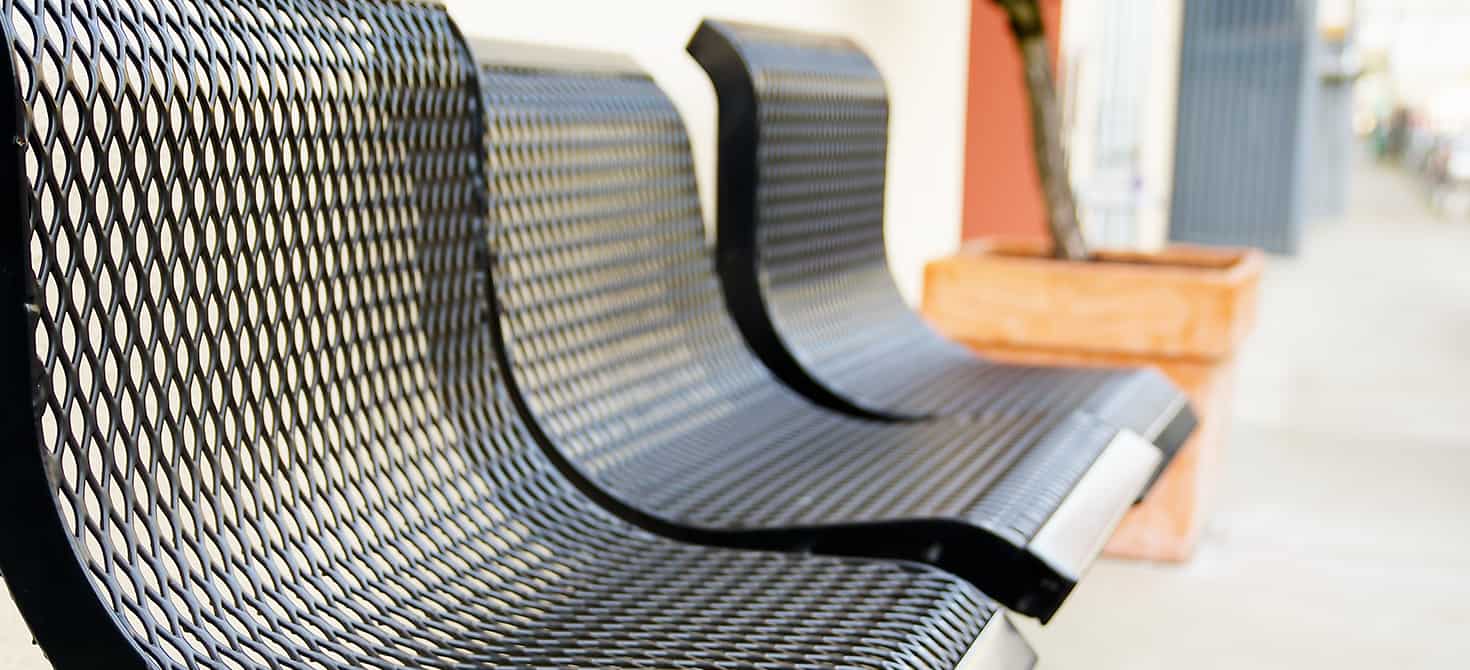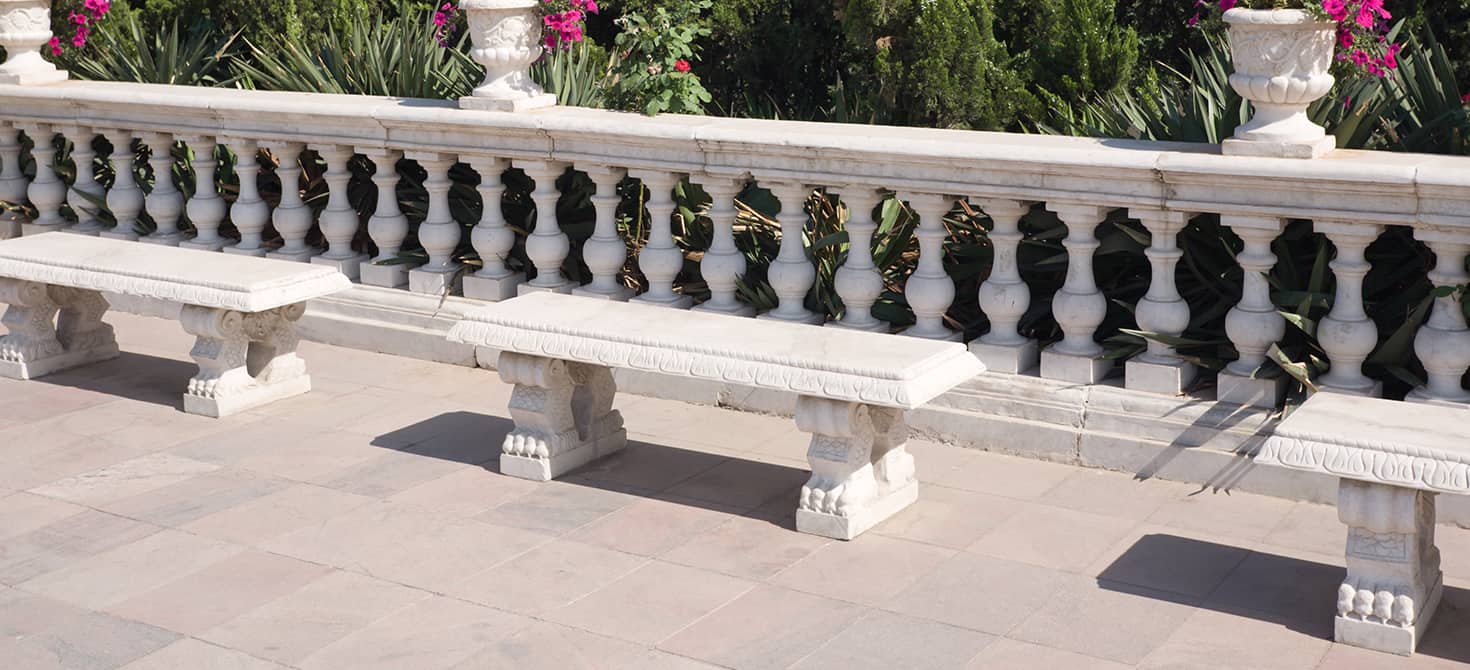
Benches have long been a typical urban furniture, very widespread and used in many European, American and Asian cities. A bench is a piece of furniture characterized by a seat, or rather a seat, used by several people and usually fixed to the ground and made with the help of different types of materials: among the materials most commonly used for the production of benches to be placed in public urban contexts, there are certainly wood, iron, stone or concrete.
In the collective imagination a bench represents par excellence a symbol of relaxation; a comfortable furnishing element where you can take a break and during the summer season a moment of refreshment, in the shade of a plant. For this reason benches represent a particularly important urban furnishing element. Today this object is considered an essential piece of furniture, which must necessarily be present in the context of public gardens, tree-lined avenues, squares or large urban spaces in general. Benches are indispensable tools to guarantee people in the city a moment of relaxation and rest, in the name of discreet comfort.
Different types of benches for public spaces
Today there are many types of benches on the market that are designed and built to be set up in urban public contexts. The first differentiation will have to be made considering the different materials with which these furnishings are made. There are benches in wood, stone, cement, iron or made with the help of other metal materials or made with a combination of different materials.
The classification of benches for public spaces will then be determined by the presence or absence of a backrest in the structure of the furniture. An essential element for the purchase and preparation of a bench in public spaces, will be the careful consideration of the height of the furniture; below we will give you some indications on the main types of benches available on the market, made and designed to be prepared in the urban public context. Our indications will be useful to orient you in the choice of purchase.
Wooden benches
Wood is certainly one of the most widely used and appreciated materials for the construction of benches to be set up in the context of a public space. Wood is in fact one of the few (perhaps the only) truly living materials, able to preserve itself for a long time and if specially treated, to resist the action of the weather and wear. In its natural state, wood is able to provide different types of colours. In general, both for a wooden bench and for furniture made with the help of other types of materials, there are two or alternatively three seats respectively.

Certainly the versions of benches without a backrest are less comfortable and comfortable, since the person who will sit on the furniture will not be able to benefit from the back support point. For the realization of benches for street furniture, different types and qualities of wood are used for the production; each type of raw material will have different characteristics and properties.
For wooden benches it is generally always advisable to use natural waterproofing oil: thanks to this, rain and atmospheric agents in general will not damage the structure over time.
Metal benches
Very common in outdoor and urban spaces are also the metal benches, made with the use of different alloys. Metal benches, made with the help of first choice materials, tend to offer an excellent yield, and a need for treatment and maintenance certainly inferior to benches made of wood. Obviously the aesthetic impact of a metal bench is not that of a wooden bench, the latter being decidedly more interesting and involving from an aesthetic point of view.

Stone benches
Stone is another classic material used for the construction of benches that must be set up in the context of a public or urban space. The stone used for the construction of benches for public spaces is usually light in colour. One of the negative sides of these structures, is their important weight, due to the use of stone for their construction; this will certainly influence the difficulty of moving and installing a stone bench. Once the location of a stone bench has been decided, it will therefore be difficult to move the furniture and position it in another place.
An advantage of these structures is instead represented by the fact that the style that characterizes them partly recalls the design of the ancient historical villas of prestige, giving the rooms a neoclassical stylistic aspect. The stone benches are extremely elegant and at the same time sober and refined furnishing elements. However, it should be pointed out that stone benches are certainly the least used furniture today in urban furnishing contexts, for the reasons described above and above all because of the huge costs of these structures and the difficulty in the installation and movement phases.

Benches for public gardens
Garden benches are an essential element for the furnishing of public gardens and urban green spaces. The origin of the garden bench is to be found in the past, in the classical era: these elements represent the furniture that we could define historical and that have marked the evolution of classical, modern and contemporary urban planning in the main European cities.
Usually garden benches are placed near the predominant elements and more in view of public spaces.
Current regulations for benches for public and urban spaces
The preparation and installation of a bench in a public and urban context, provides for compliance with the current UNI 11306:2009 regulation on benches - safety requirements and test methods.
The aim of the standard is to ensure that the benches that will be set up in public spaces are comfortable, safe and at the same time constitute furnishing elements able to meet good quality standards.
The standard establishes, regardless of the shapes of the furniture and the materials used to make them, the general requirements and test methods for testing both removable and fixed benches in the context of street furniture.



